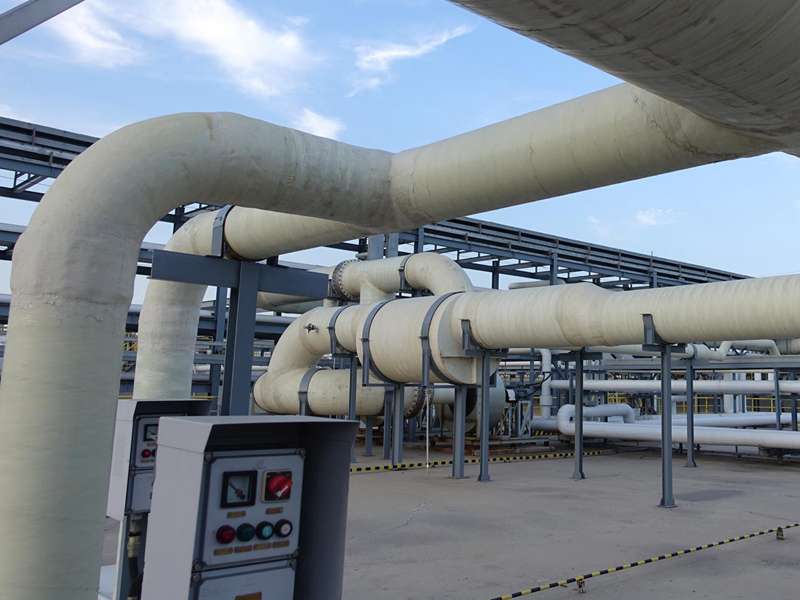
-
 Afrikaans
Afrikaans -
 Albanian
Albanian -
 Amharic
Amharic -
 Arabic
Arabic -
 Armenian
Armenian -
 Azerbaijani
Azerbaijani -
 Basque
Basque -
 Belarusian
Belarusian -
 Bengali
Bengali -
 Bosnian
Bosnian -
 Bulgarian
Bulgarian -
 Catalan
Catalan -
 Cebuano
Cebuano -
 China
China -
 China (Taiwan)
China (Taiwan) -
 Corsican
Corsican -
 Croatian
Croatian -
 Czech
Czech -
 Danish
Danish -
 Dutch
Dutch -
 English
English -
 Esperanto
Esperanto -
 Estonian
Estonian -
 Finnish
Finnish -
 French
French -
 Frisian
Frisian -
 Galician
Galician -
 Georgian
Georgian -
 German
German -
 Greek
Greek -
 Gujarati
Gujarati -
 Haitian Creole
Haitian Creole -
 hausa
hausa -
 hawaiian
hawaiian -
 Hebrew
Hebrew -
 Hindi
Hindi -
 Miao
Miao -
 Hungarian
Hungarian -
 Icelandic
Icelandic -
 igbo
igbo -
 Indonesian
Indonesian -
 irish
irish -
 Italian
Italian -
 Japanese
Japanese -
 Javanese
Javanese -
 Kannada
Kannada -
 kazakh
kazakh -
 Khmer
Khmer -
 Rwandese
Rwandese -
 Korean
Korean -
 Kurdish
Kurdish -
 Kyrgyz
Kyrgyz -
 Lao
Lao -
 Latin
Latin -
 Latvian
Latvian -
 Lithuanian
Lithuanian -
 Luxembourgish
Luxembourgish -
 Macedonian
Macedonian -
 Malgashi
Malgashi -
 Malay
Malay -
 Malayalam
Malayalam -
 Maltese
Maltese -
 Maori
Maori -
 Marathi
Marathi -
 Mongolian
Mongolian -
 Myanmar
Myanmar -
 Nepali
Nepali -
 Norwegian
Norwegian -
 Norwegian
Norwegian -
 Occitan
Occitan -
 Pashto
Pashto -
 Persian
Persian -
 Polish
Polish -
 Portuguese
Portuguese -
 Punjabi
Punjabi -
 Romanian
Romanian -
 Russian
Russian -
 Samoan
Samoan -
 Scottish Gaelic
Scottish Gaelic -
 Serbian
Serbian -
 Sesotho
Sesotho -
 Shona
Shona -
 Sindhi
Sindhi -
 Sinhala
Sinhala -
 Slovak
Slovak -
 Slovenian
Slovenian -
 Somali
Somali -
 Spanish
Spanish -
 Sundanese
Sundanese -
 Swahili
Swahili -
 Swedish
Swedish -
 Tagalog
Tagalog -
 Tajik
Tajik -
 Tamil
Tamil -
 Tatar
Tatar -
 Telugu
Telugu -
 Thai
Thai -
 Turkish
Turkish -
 Turkmen
Turkmen -
 Ukrainian
Ukrainian -
 Urdu
Urdu -
 Uighur
Uighur -
 Uzbek
Uzbek -
 Vietnamese
Vietnamese -
 Welsh
Welsh -
 Bantu
Bantu -
 Yiddish
Yiddish -
 Yoruba
Yoruba -
 Zulu
Zulu
grp tank
The Rise of GRP Tanks Revolutionizing Water Storage Solutions
In recent years, the demand for efficient and durable water storage solutions has surged, primarily due to rapid urbanization, industrial growth, and the increasing need for sustainable water management practices. One standout product that has gained significant traction in the market is the Glass Reinforced Plastic (GRP) tank. GRP tanks have become a popular choice across various sectors due to their numerous advantages over conventional storage methods.
.
One of the remarkable features of GRP tanks is their versatility. They can be customized to suit a myriad of applications, including potable water storage, fire water tanks, and wastewater management. Their lightweight nature allows for easy transportation and installation, which is particularly beneficial in remote or challenging locations where traditional tanks may be cumbersome to handle. Moreover, GRP tanks are available in various shapes and sizes, accommodating the specific needs of customers and ensuring optimal utilization of space.
grp tank

The environmental impact of water storage solutions cannot be overlooked. GRP tanks are often viewed as a more sustainable option. Their resistance to corrosion means they do not leach harmful substances into the stored water, ensuring that the quality remains unaffected. Furthermore, the production processes involved in creating GRP tanks typically have a lower carbon footprint compared to other materials. This aligns with the growing global emphasis on sustainability and environmental conservation, making GRP tanks a preferred choice for eco-conscious consumers.
In terms of economic benefits, GRP tanks can be a wise investment. Their longevity means that they require less frequent replacement, translating into lower lifecycle costs. Additionally, the reduced need for maintenance minimizes ongoing expenses, further enhancing their cost-effectiveness. Industries such as agriculture, mining, and construction have recognized the financial advantages of incorporating GRP tanks into their operations.
Safety is another paramount concern in water storage. GRP tanks are non-toxic and designed to meet stringent safety standards. This feature is particularly crucial in facilities that store potable water, where the risk of contamination is a major consideration. The durability of GRP tanks also makes them less susceptible to damage during natural disasters, providing an added layer of security for communities dependent on reliable water sources.
In conclusion, the popularity of GRP tanks has surged due to their unparalleled benefits. From their lightweight design and corrosion resistance to their cost-effectiveness and environmental sustainability, GRP tanks represent a modern solution to age-old challenges in water storage. As the global population continues to grow and the demand for efficient water management increases, the adoption of GRP tanks is likely to rise even further. Whether for domestic use, industrial applications, or agricultural purposes, GRP tanks are poised to redefine the future of water storage, providing reliable and innovative solutions for a sustainable world.









